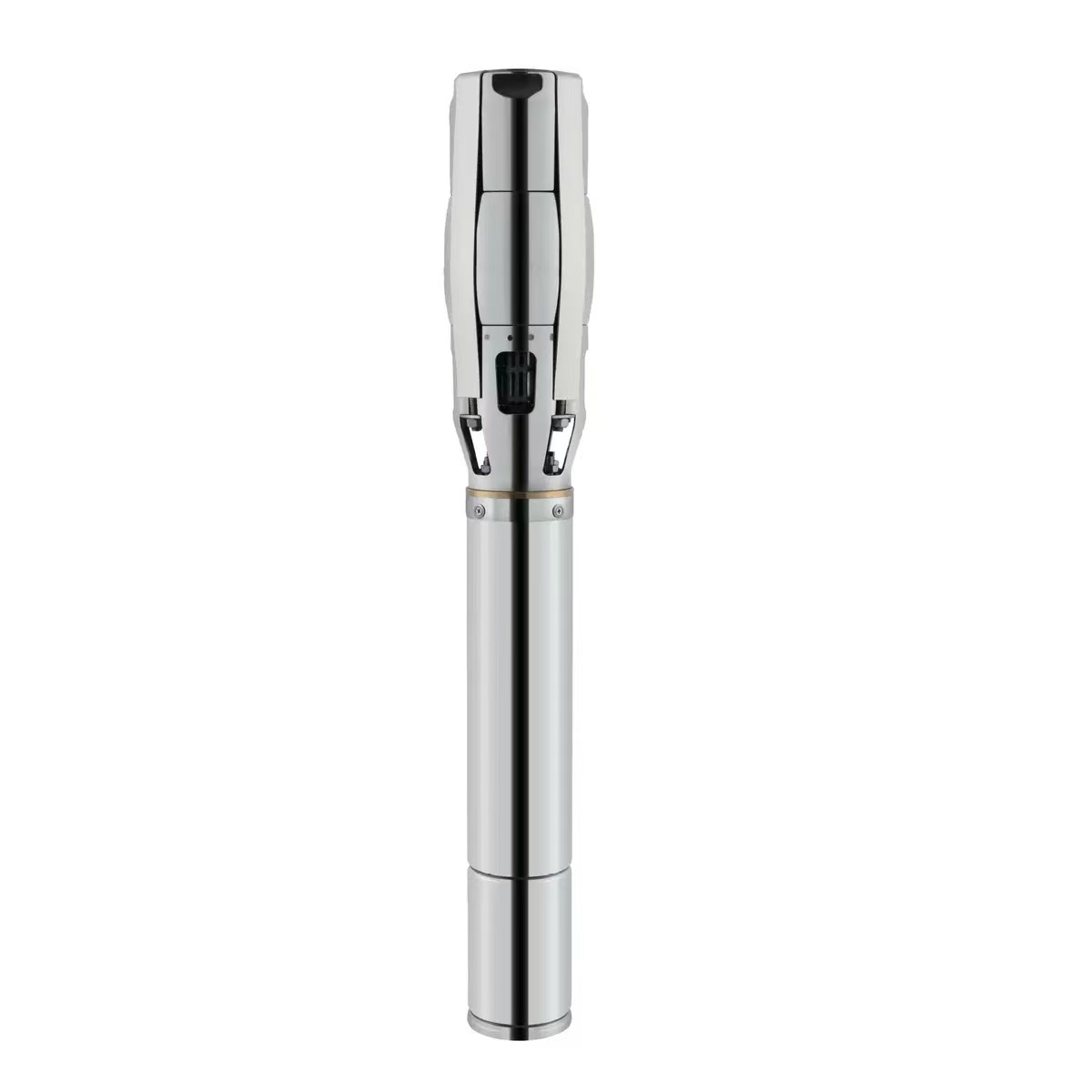The deep well pump consists of a filter screen, working components (impeller and guide vanes), suction pipe, motor, motor base, and discharge pipe. The filter screen and working components are placed below the water surface, while the motor and pump base are located on the ground level. The motor drives the impeller through a drive shaft, creating a vacuum at the inlet to draw in groundwater. As the water’s pressure and velocity increase, it flows through the guide casing into the next stage, with pressure gradually increasing until it is finally discharged to the surface via the suction pipe. The design is compact and performs well, offering a wide range of flow and head options to meet various water extraction needs. Deep well pumps are widely used in agricultural irrigation, capable of extracting groundwater to meet the water requirements for crop growth. They also provide domestic water for residents in urban and rural areas, ensuring their daily water needs are met.
Deep well pumps, designed with special structures and materials, can operate stably in wells tens or even hundreds of meters deep. The flow rate can range from several cubic meters per hour to hundreds of cubic meters, and the head can reach dozens or even hundreds of meters. Different specifications of deep well pumps can be selected based on actual needs. The design optimization of components such as the impeller and guide vanes ensures that the pump effectively converts electrical energy into potential and kinetic energy of water during operation, enhancing pumping efficiency. Additionally, deep well pumps have a compact structure, good balance performance of rotating parts, and excellent sealing properties, allowing for long-term stable operation and reducing the frequency of malfunctions.
Post time: May-23-2025



